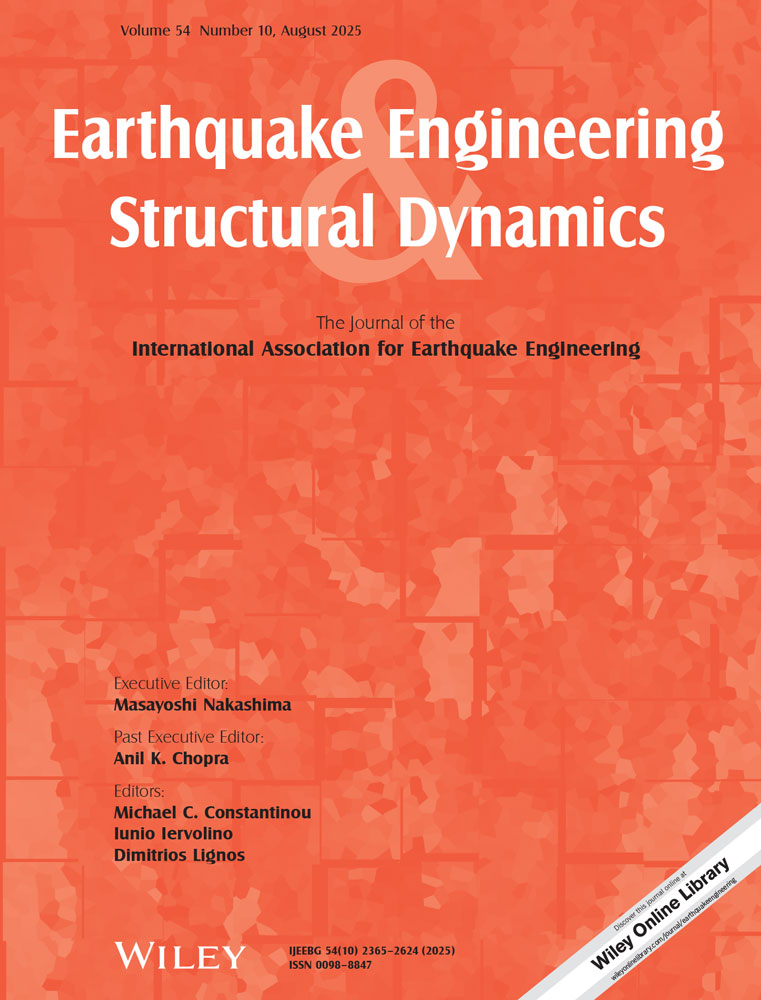A response spectrum approach for seismic performance evaluation of actively controlled structures
Abstract
To evaluate and measure the effectiveness of active control schemes in reducing the response of structures subjected to earthquake excitations, it is common to use recorded or artificially generated earthquakes as input motions. This paper introduces the response spectrum analysis to evaluate linear control systems for seismic inputs defined by code-prescribed or site-specific ground response spectra. Using such a method one can evaluate a control system in a single analysis for the ensemble of time histories that are represented by the input response spectra. The response spectrum analysis can also facilitate the implementation of comprehensive parametric studies. A generalized response spectrum method is used to analyse systems with non-symmetrical matrices that are caused by the general nature of the control actions imposed on the structure. The application of the method is demonstrated on several numerical examples of a building structure where the control force is applied through an active tuned-mass damper. Copyright © 2000 John Wiley & Sons, Ltd.




